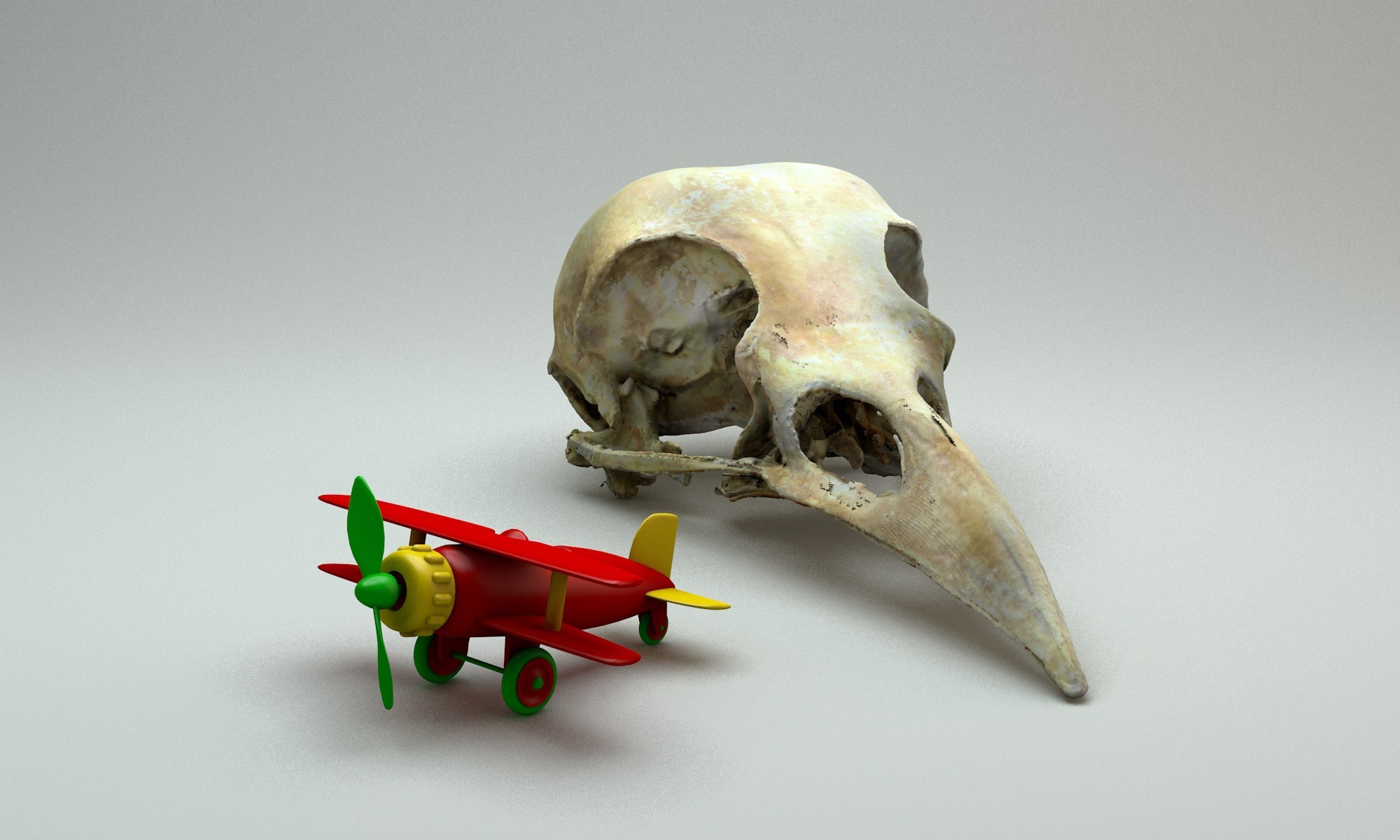Schon aus der Antike sind uns zahlreiche Berichte von Malern überliefert, die darum wetteiferten, wem von ihnen die Sinne zu täuschen besser gelänge. Um aus der umfangreichen Anekdotik1 nur ein berühmtes Beispiel zu erwähnen: Parrhasios beobachtete einst herbeigeflogene Spatzen, die an von Zeuxis gemalten Weintrauben pickten. Daraufhin lud jener diesen in seine Werkstatt, um ihm zu zeigen, dass auch er dergleichen beherrsche; dort angekommen, versuchte Zeuxis einen das Bild des Kollegen verdeckenden Vorhang beiseite zu schieben, der freilich wiederum nur gemalt war: der eine täuschte die Vögel, doch die Kunst des anderen vermochte sogar einen Fachmann zu täuschen. Die Fülle ähnlicher Berichte über solche Wirkung von Bildern auf Tiere und Menschen ist seither schier unübersehbar; trompe l’oeil-Vorhänge waren in der Kunst des 17. Jahrhunderts sehr beliebt, und noch die photorealistische Malerei unserer siebziger Jahre zehrte vom Verlangen des Publikums nach derlei optischer Raffinesse als höchster künstlerischer Meisterschaft, die in der Nachahmung der Natur kulminiert und die Differenz von Schein und Wirklichkeit aufzuheben vermag.
Continue reading “Aspekte der Stereoskopie”Aspects of Stereoscopy
Countless stories have been handed down to us over the years about artists vying with each other to see who was more successful at playing tricks on the senses. Let us take just one well known example from the many anecdotes:1 the artist Parrhasios observed some sparrows flying in to peck at a bunch of grapes depicted so realistically in a mural painted by his fellow artist Zeuxis. Later he invited Zeuxis into his atelier to show him that he, too, was a master of this art. Once inside Parrhasios’s studio, Zeuxis reached out to draw aside the curtain that was apparently concealing the other’s picture, only to realize that what he thought was a curtain was no curtain at all, but indeed the picture itself. While the skill of one artist had succeeded in tricking the birds, the skill of the other was capable of tricking even a fellow professional. The wealth of evidence, anecdotal or otherwise, testifying to the deceptive effects of pictures on animals and human beings is undeniable; trompe l’oeil curtains achieved great popularity in 17th century art and even in our own times the photorealistic painting of the 70s was a response to the public demand for this kind of optical subtlety considered the highest form of artistic mastery. This style has always sought to emulate nature even in its finest detail and has striven to overcome the distinction between illusion and reality.
Continue reading “Aspects of Stereoscopy”Stereoskopie
Der Begriff Stereoskopie ist eine Wortbildung aus dem Griechischen: stereos bedeutet Raum bzw. räumlich und ist vor allem im Zusammenhang mit Raum-Ton und -Klang gebräuchlich; der zweite Teil des Wortes — von skopein, d. i. sehen, abgeleitet — wird auch in verschiedenen anderen Kombinationen verwendet, die mit Sehen und Sichtbarmachen zu tun haben: Teleskop, Mikroskop, Kaleidoskop usw.
Continue reading “Stereoskopie”Stereoscopy
The term stereoscopy is a word-formation from Greek stereos = space or spatial and skopein = to see. We all know especially well that the term stereo is used when audible effects get mentioned. Whenever one deals for instance with tools that show something, we meet the Greek word skopein in word-formations like telescope, microscope, kaleidoscope, etc.
Continue reading “Stereoscopy”Stereoskopische Anamorphosen
Eine Sonderform dreidimensionaler Abbildungen, mit der sich unvergleichlich spektakuläre Effekte erzielen lassen, sind stereoskopische Anamorphosen; diese Bezeichnung wurde von Achim Bahr geprägt und erstmals für sein Immaterielles Schachspiel verwendet. Im Unterschied zu herkömmlichen Stereobildern liegt dieser Darstellungsmethode eine spezielle Wiedergabetechnik zugrunde: Bei der Betrachtung des — waagerecht liegenden — Bildes aus einem schrägen Blickwinkel von ca. 45° richtet sich das Motiv auf und erhebt sich senkrecht aus der Fläche! Obwohl das virtuelle Modell perspektivisch erscheint, bleibt der Maßstab in jeder Richtung erhalten.
Continue reading “Stereoskopische Anamorphosen”Stereoscopic Anamorphosises
Exceptional three-dimensional pictures that achieve incomparably amazing effects are stereoscopic anamorphosises. This term was introduced by Achim Bahr, who himself used it the first time for his work Immaterielles Schachspiel. In contrast to customary stereo-pictures, this way of representation underlies a special technique of reproduction: When the picture, that lies horizontally in front of the observer, is seen from a diagonal angle of about 45°, the representation raises straight upright out of the plane! Although the virtual model appears perspectively, the scale is always preserved in all directions.
Continue reading “Stereoscopic Anamorphosises”